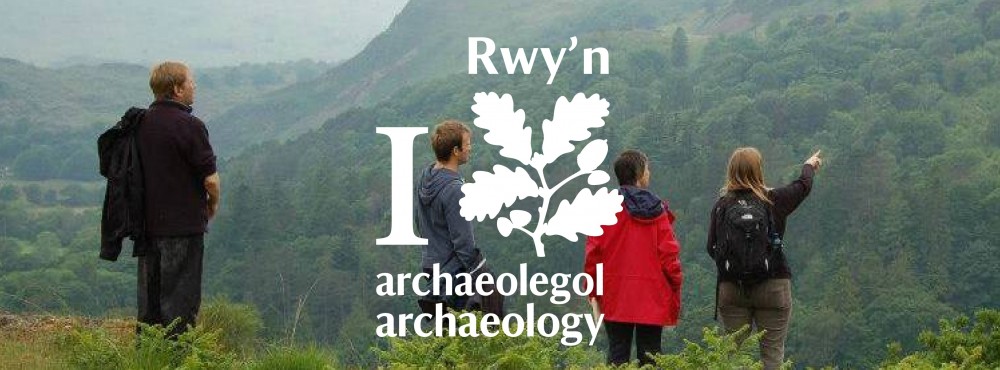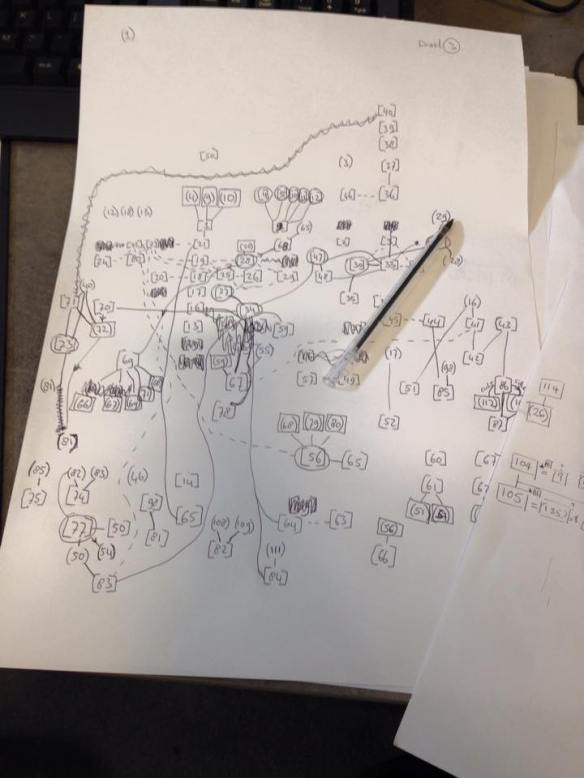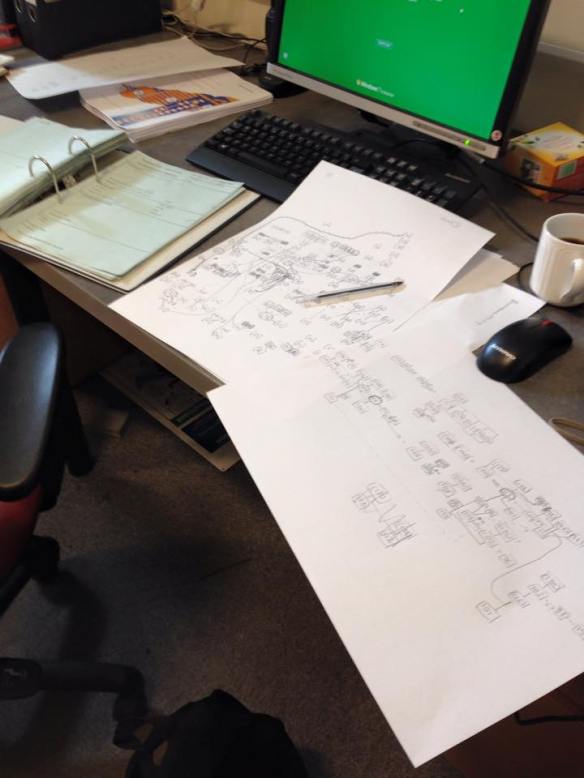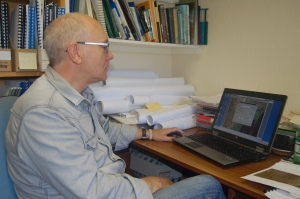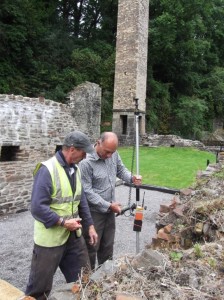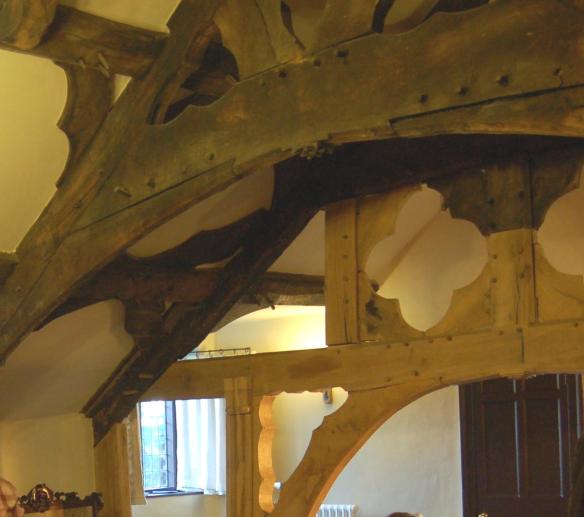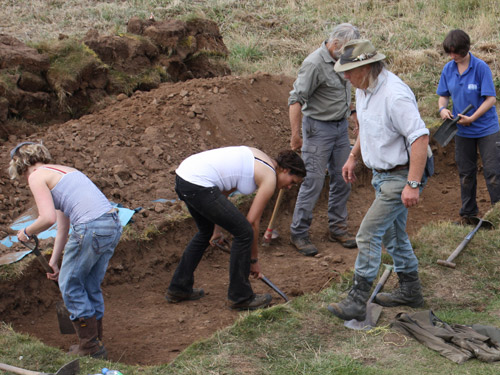What is Aberdulais TInworks and Waterfall?
Aberdulais Tinworks and Waterfall – An Industrial revolution, powered by water since 1584.
In the early 1580’s Queen Elizabeth forged an Anglo German Partnership to foster the Copper Industry. This process, which would help to re-shape the world started at Aberdulais “Far from the prying eyes of its competitors.” Just as water continues to cascade through the centuries industry continued through time and Aberdulais established its place as an industrial centre.
1631 Fulling and Tucking Mill
1667 Iron Forge
1765 Corn Mill (JWM Turner painted the Corn Mill in 1796.)
1837 Tinplate Works
As Britain’s oldest surviving example of a pre-mechanisation tinplate works Aberdulais is protected as a Scheduled Ancient Monument, able to tell its story alongside that of modern day industry which continues to harness the power of water in the National Trust’s first Hydro-electricity scheme.
What is happening today?
Work has begun today at Aberdulais Tinworks and Waterfall to unpick the archaeological history of the site. Following a pilot project last summer, and as a result of the continued efforts by Aberdulais’ regular conservation volunteer team, we have been able to begin at last the assessment and scoping stage of the Aberdulais Post-excavation project!
Over the next three weeks Dutch archaeology graduate Tim, will be working alongside our archaeologist to get to grips with the finer detail of the sites stratigraphy. Claudine and Tim have begun working today to produce a Harris Matrix…in theory this matrix should help us understand the order in which the different bits of the site were developed. For example the matrix should help us answer questions like; was this building constructed before the one next to it, and what was going on inside both of them?
How did we get to here?
A programme of conservation was begun in August 1982 in conjunction with the Manpower Services Commission. The archaeological brief was to document the surface and underground features and structures, and to draw up conservation specifications. It was not intended to gain maximum archaeological information, as excavation was not undertaken where it would have destroyed an existing ground feature.
Since then the site has undergone numerous programmes of excavation and consolidation work, as a result a substantial archive was amassed. An interim report on this work was published in 1986 in the Industrial Archaeological Review journal however no final report on the completed work was published. The National Trust recognise the need to carryout urgent work to;
-
Analyse existing and accessible records to understand the history of archaeological and conservation work on the site.
-
Review their cataloguing with a view to making further recommendations for an integrated cataloguing system to achieve national data standards for the management of the archive and collection.
-
Develop proposals for further documentary research as necessary.
-
Consider the internal environment in terms of the curation and conservation of the collections.
By it’s nature the archaeological and conservation/consolidation work previously undertaken on site has been a destructive process, and the archival records relating to this work represent the only record of the the site prior to any change. As such the loss of this material would result in a complete loss of knowledge and understanding regarding the form, function and development of the tin industry at Aberdulais, which is its essential to it’s worth as a visitor attraction.
Hopefully work over the next few weeks will lead to some interesting discoveries, and help us enrich our understanding of this complex and mysterious site. Fingers crossed!
